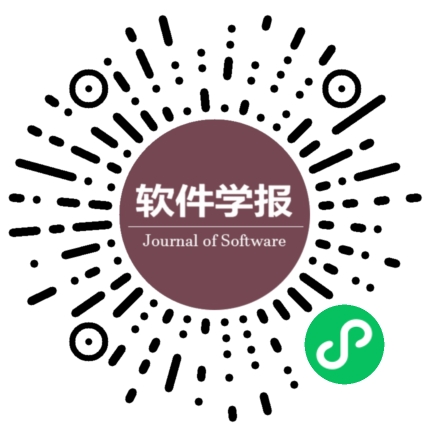刘文炎(1995-),女,博士生,主要研究领域为可信机器学习.
卢兴见(1986-),男,博士,副教授,CCF专业会员,主要研究领域为可信机器学习,云计算.
沈楚云(1997-),男,博士生,主要研究领域为可信机器学习,多智体强化学习,机器学习中的公平.
王晓玲(1975-),女,博士,教授,博士生导师,CCF专业会员,主要研究领域为可信机器学习,知识图谱,个性化推荐技术,机器学习及隐私保护技术.
王祥丰(1987-),男,博士,副教授,CCF专业会员,主要研究领域为分布式优化,多智能体强化学习,可信机器学习.
查宏远(1963-),男,博士,教授,博士生导师,主要研究领域为机器学习.
金博(1982-),男,博士,讲师,CCF专业会员,主要研究领域为可信机器学习,多智体强化学习,计算机视觉技术及应用.
何积丰(1943-),男,教授,博士生导师,CCF会士,主要研究领域为可信人工智能,可信软件.
王祥丰,E-mail:xfwang@cs.ecnu.edu.cn;王晓玲,E-mail:xlwang@cs.ecnu.edu.cn
上海市科委创新行动计划人工智能科技支持专项(20DZ1100300,20511101100);国家自然科学基金(61972155,61672231,12071145);上海市自然科学基金(19ZR1414200);国家重点研发计划(2020AAA0107400,2018YFB2101300)
AI Project of Innovation Action Plan of Science and Technology Commission of Shanghai Municipality (STCSM) (20DZ1100300, 20511101100); National Natural Science Foundation of China (61972155, 61672231, 12071145); Natural Science Foundation of Shanghai Municipality (19ZR1414200); National Key Research and Development Program of China (2020AAA0107400, 2018YFB2101300)
引用本文
刘文炎,沈楚云,王祥丰,金博,卢兴见,王晓玲,查宏远,何积丰.可信机器学习的公平性综述.软件学报,2021,32(5):1404-1426
复制相关视频

分享
文章指标
- 点击次数:
- 下载次数:
- HTML阅读次数:
历史
- 收稿日期:2020-07-19
- 最后修改日期:2020-11-07
- 录用日期:
- 在线发布日期: 2021-01-15
- 出版日期: 2021-05-06
文章二维码

版权所有:中国科学院软件研究所 京ICP备05046678号-3
地址:北京市海淀区中关村南四街4号,邮政编码:100190
电话:010-62562563 传真:010-62562533 Email:jos@iscas.ac.cn
技术支持:北京勤云科技发展有限公司



